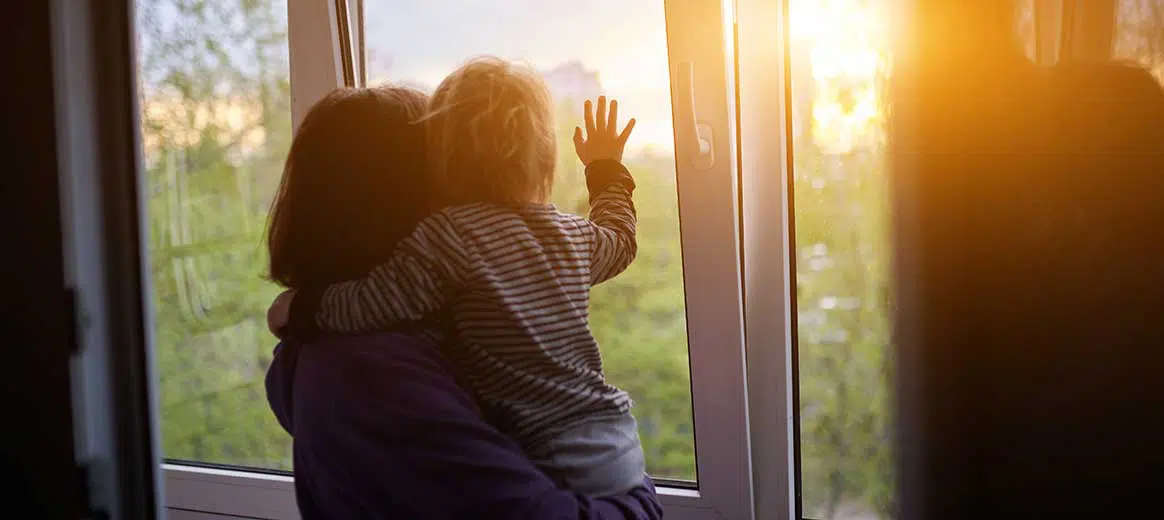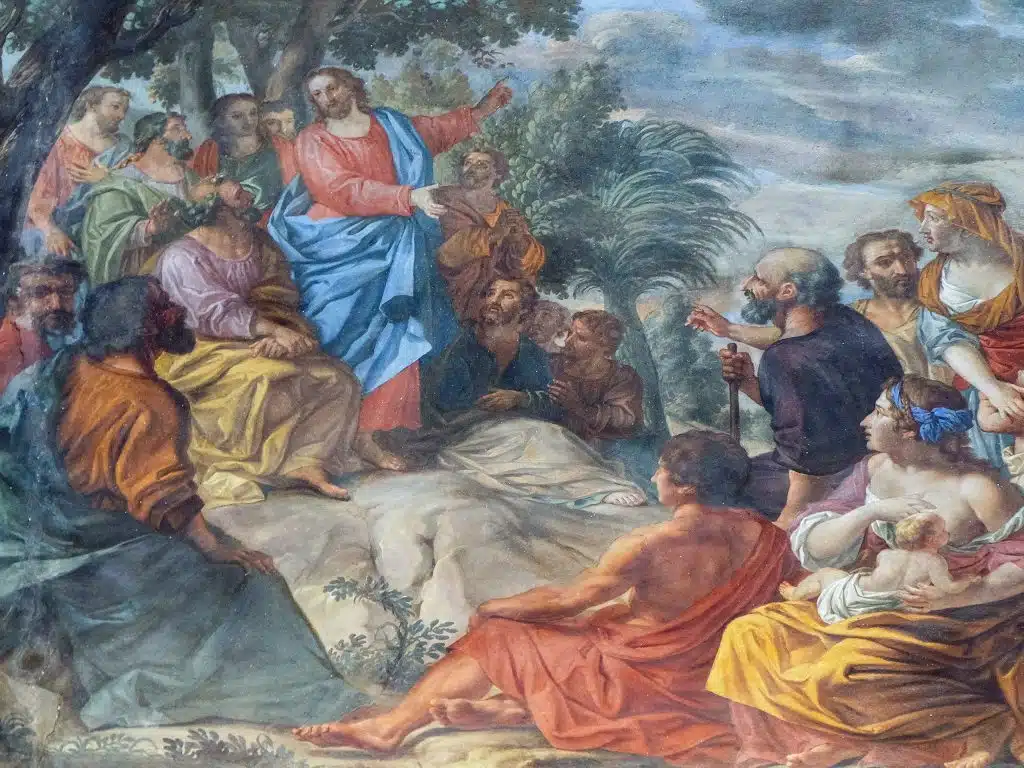Lent.
The word has always signified a sacrifice to me — a subtraction, a forfeit, a paring down, a letting go. We try to eliminate the distractions, to focus on the most essential. Actually, though, a quick etymological discovery trail casts a different light on the very word.
Lent.
From the Old English lencten: spring, springtime. From the West Germanic langitinaz: long-days or lengthening of the day.
Lent is not about scarcity; it is about increasing abundance. It is about springtime and a world coming to life. It is about days becoming steadily longer, warmer, brighter. It is about the stirring of a world that had seemed to die. Lent is the season of lengthening days. Here in the Northeast, where each season stands in sharp relief, where the winter is cold and dark, and the summer is hot and un-air conditioned, I notice how the meteorological season is aligning with the liturgical one.
My friends to the south of me are sharing pictures of fists full of blooms. Their Easter seems to be arriving before mine. I stop and doubt a moment. Will I, too, get to gather flowers in the sunshine? I’m digging beneath the thick blanket of leaves I layered last fall to see if maybe there are tiny tulip shoots. There are. I notice how the leaves closest to the soil have decomposed more than those on top. I see that with the lengthening days comes renewal, rebirth. Last fall we made great mounds of leaves and the children jumped in them and tossed them in the air with wild abandon. Tiny hands helped me dig holes and mound soft earth on top of cold bulbs. We pulled heaping handfuls from the piles of leaves and tenderly blanketed our bulbs.
We planted hope. The snow fell and it fell and it fell. From January to March, it never melted. Crystals of cold just accumulated over leaves and soil and bulbs and hope. Will there be renewal this year? Will the world spring to life? Will all the energy held beneath the surface of last year come rushing forth with the advent of Lent, with the lengthening of days, with abundance of life?
When the days grew noticeably longer, they were accompanied by the sound of a steady drip. The earth began to warm, baptized by the water of melting snow. This is not a time of subtraction at all. See how the ground springs forth with new shoots every day? See how the sun anoints the earth with warmth and light? See how hope begins to grow?
We are a liturgical people. Within the confines of each year, we follow the footsteps of Jesus from conception to birth to active ministry to crucifixion to resurrection. We trace the tears of joy and the tears of sorrow along the cheeks of his mother. But we do it knowing the full story. We never walk the sorrow of Calvary ignorant of the resurrection joy.
We never really watch the snow fall and doubt that it will one day melt.
Last year tested us. It turned everything expected on its head and taught us that even the old, familiar rhythms can be disrupted. We spent Easter at home, away from our churches and the tabernacles contained within. We asked ourselves if it was Easter at all.
Of course, it was. He rose. He rose indeed.
These lengthening days of Lent offer us fresh hope. The last couple of weeks before Easter, in particular, are the space between winter and spring, between death and new life, between yearning for beauty and gathering fistfuls of blooms. This Lent seems longer than any other. We watch with bated breath as the shoots poke through the sodden soil. And they do. So, we start seeds, and we plow furrows, and we act as if we are people of faith. Because we are, and we know that “Those who go out weeping, bearing the seed for sowing, shall come home with shouts of joy, carrying their sheaves” (Ps 126:6).
Foss, whose website is takeupandread.org, writes from Connecticut.



